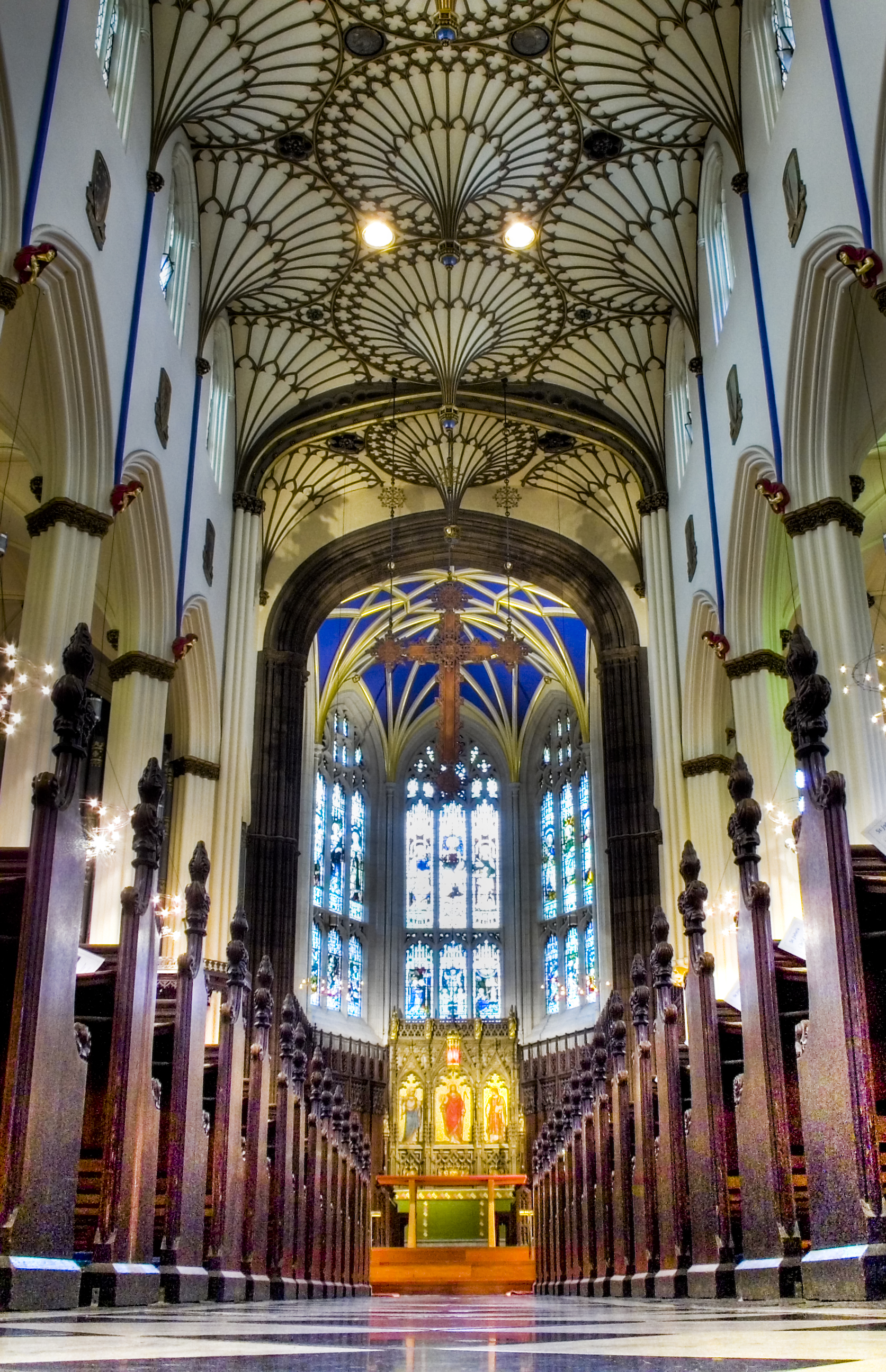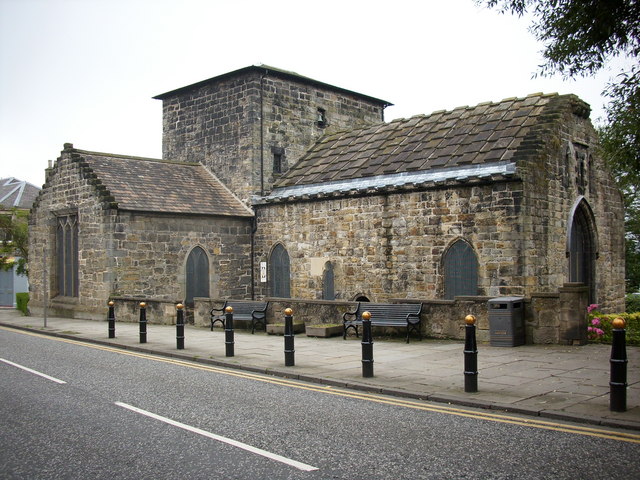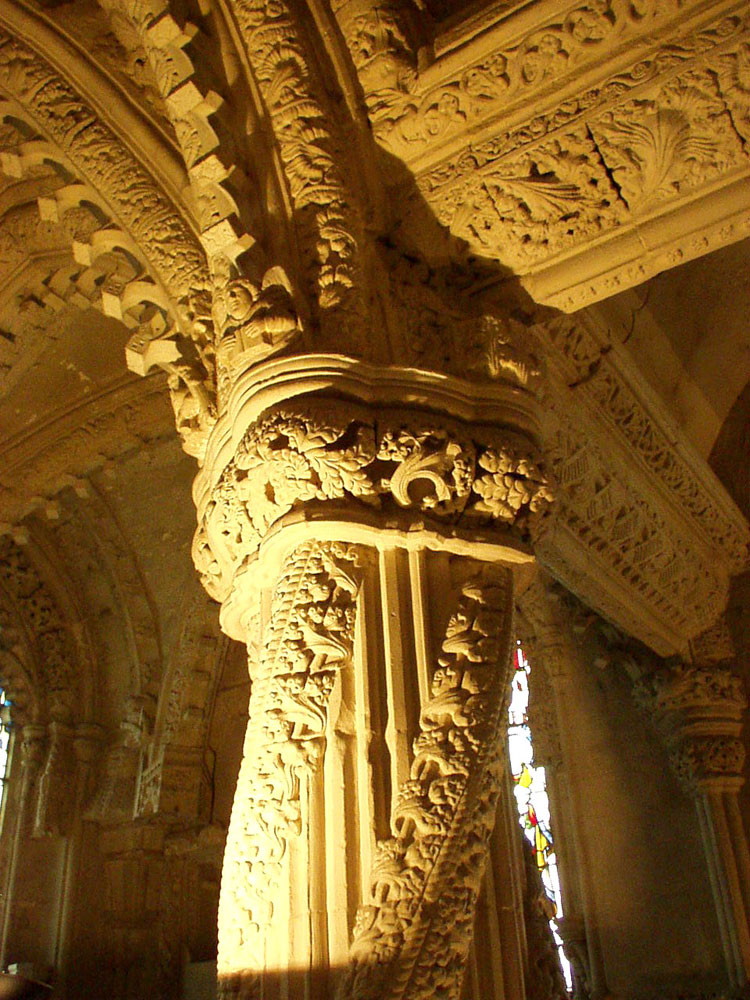Diocese of Edinburgh on:
[Wikipedia]
[Google]
[Amazon]
The Diocese of Edinburgh is one of the seven

 For many years, Edinburgh (like the other Episcopal dioceses in Scotland) had no cathedral church. Gradually, as Non-Jurors and Qualified congregations were reconciled and the penal laws were repealed (1792), the Episcopal Church moved back into the mainstream of Scottish religious life; secret Episcopalian meeting houses were replaced by churches, a number of which served as pro-cathedrals for Edinburgh. By the late nineteenth century, the Diocese of Edinburgh was in a position to build its own cathedral through donations from wealthy benefactors, and in 1874 the foundations were laid for St Mary's Cathedral on Palmerston Place in the West End. This new cathedral, completed in 1879, was designed in the
For many years, Edinburgh (like the other Episcopal dioceses in Scotland) had no cathedral church. Gradually, as Non-Jurors and Qualified congregations were reconciled and the penal laws were repealed (1792), the Episcopal Church moved back into the mainstream of Scottish religious life; secret Episcopalian meeting houses were replaced by churches, a number of which served as pro-cathedrals for Edinburgh. By the late nineteenth century, the Diocese of Edinburgh was in a position to build its own cathedral through donations from wealthy benefactors, and in 1874 the foundations were laid for St Mary's Cathedral on Palmerston Place in the West End. This new cathedral, completed in 1879, was designed in the



 The Episcopal cathedral is St Mary's Cathedral, at the West End of the city. Notable Episcopal churches in the Edinburgh diocese include Rosslyn Chapel, popularised by Dan Brown's novel The Da Vinci Code; the Priory Church, South Queensferry, the only medieval Carmelite church still in use in the British Isles; and Old St Paul's, the oldest Episcopal congregation in Scotland.
The diocese currently has 50 stipendiary clergy and 53 churches.
''Last fully updated 19 September 2018.''
The Episcopal cathedral is St Mary's Cathedral, at the West End of the city. Notable Episcopal churches in the Edinburgh diocese include Rosslyn Chapel, popularised by Dan Brown's novel The Da Vinci Code; the Priory Church, South Queensferry, the only medieval Carmelite church still in use in the British Isles; and Old St Paul's, the oldest Episcopal congregation in Scotland.
The diocese currently has 50 stipendiary clergy and 53 churches.
''Last fully updated 19 September 2018.''
diocese
In church governance, a diocese or bishopric is the ecclesiastical district under the jurisdiction of a bishop.
History
In the later organization of the Roman Empire, the increasingly subdivided provinces were administratively associ ...
s of the Scottish Episcopal Church
The Scottish Episcopal Church ( gd, Eaglais Easbaigeach na h-Alba; sco, Scots Episcopal(ian) Kirk) is the ecclesiastical province of the Anglican Communion in Scotland.
A continuation of the Church of Scotland as intended by King James VI, and ...
. It covers the City of Edinburgh
Edinburgh ( ; gd, Dùn Èideann ) is the capital city of Scotland and one of its 32 Council areas of Scotland, council areas. Historically part of the county of Midlothian (interchangeably Edinburghshire before 1921), it is located in Lothian ...
, the Lothians, the Borders and Falkirk. The diocesan centre is St Mary's Cathedral, Edinburgh. The Bishop of Edinburgh
The Bishop of Edinburgh, or sometimes the Lord Bishop of Edinburgh is the ordinary of the Scottish Episcopal Diocese of Edinburgh.
Prior to the Reformation, Edinburgh was part of the Diocese of St Andrews, under the Archbishop of St Andrews a ...
is the Right Revd Dr John Armes.
History
A number of important events took place in the city which put the Edinburgh diocese at the centre of the formation of the Scottish Episcopal Church. Unlike the other dioceses of the Episcopal Church which were inherited from the organisation of theCatholic Church
The Catholic Church, also known as the Roman Catholic Church, is the List of Christian denominations by number of members, largest Christian church, with 1.3 billion baptized Catholics Catholic Church by country, worldwide . It is am ...
, the Diocese of Edinburgh is a relatively recent creation, having been founded in 1633 by King Charles I, the year of his Scottish coronation. William Forbes was consecrated on 23 January 1634 in St. Giles' Cathedral
St Giles' Cathedral ( gd, Cathair-eaglais Naomh Giles), or the High Kirk of Edinburgh, is a parish church of the Church of Scotland in the Old Town, Edinburgh, Old Town of Edinburgh. The current building was begun in the 14th century and extended ...
as the first bishop of Edinburgh.
Forbes died only three months after his consecration and David Lindsay succeeded him as bishop of the nascent episcopal see
An episcopal see is, in a practical use of the phrase, the area of a bishop's ecclesiastical jurisdiction.
Phrases concerning actions occurring within or outside an episcopal see are indicative of the geographical significance of the term, mak ...
. At this time, the effects of the Scottish Reformation
The Scottish Reformation was the process by which Kingdom of Scotland, Scotland broke with the Pope, Papacy and developed a predominantly Calvinist national Church of Scotland, Kirk (church), which was strongly Presbyterianism, Presbyterian in ...
were taking a new turn and Lindsay, along with all other bishops in Scotland, was deposed in 1638 and the heritage and jurisdiction of the church passed into the hands of the Presbyterian Church of Scotland
The Church of Scotland ( sco, The Kirk o Scotland; gd, Eaglais na h-Alba) is the national church in Scotland.
The Church of Scotland was principally shaped by John Knox, in the Reformation of 1560, when it split from the Catholic Church ...
. A period of great political and ecclesiastical turmoil ensued with the Bishops' Wars and the Wars of the Three Kingdoms
The Wars of the Three Kingdoms were a series of related conflicts fought between 1639 and 1653 in the kingdoms of England, Scotland and Ireland, then separate entities united in a personal union under Charles I. They include the 1639 to 1640 Bi ...
engulfing Scotland and England. It was not until the Restoration of the monarchy
Restoration is the act of restoring something to its original state and may refer to:
* Conservation and restoration of cultural heritage
** Audio restoration
** Film restoration
** Image restoration
** Textile restoration
*Restoration ecology
...
that the Episcopacy was restored to the Scottish Church and George Wishart was consecrated as the new Bishop of Edinburgh in 1662.
Episcopal rule was short-lived. In 1689 Alexander Rose (bishop 1687-1720) found himself caught up in the Jacobite conflict following the Glorious Revolution
The Glorious Revolution; gd, Rèabhlaid Ghlòrmhor; cy, Chwyldro Gogoneddus , also known as the ''Glorieuze Overtocht'' or ''Glorious Crossing'' in the Netherlands, is the sequence of events leading to the deposition of King James II and ...
. Scottish bishops were under pressure to declare their allegiance to William of Orange over the Stuart King James VII
During an audience with the new King William in 1690, Rose's ambiguous declaration arose royal displeasure:
With Jacobite sympathies running throughout the Episcopal wing of the church, the Scottish Episcopalians were disestablished and Presbyterian polity
Presbyterian (or presbyteral) polity is a method of church governance ("ecclesiastical polity") typified by the rule of assemblies of presbyters, or elders. Each local church is governed by a body of elected elders usually called the session o ...
was permanently established in the Church of Scotland. Rose departed from St Giles' Cathedral in 1689 and took with him a number of supporters from the congregation to begin a separate church. They took over a former wool store a short distance down the Royal Mile as a venue for their worship; today, Old St Paul's Church is located on this site, and claims to be the oldest Episcopal congregation in Scotland.

 For many years, Edinburgh (like the other Episcopal dioceses in Scotland) had no cathedral church. Gradually, as Non-Jurors and Qualified congregations were reconciled and the penal laws were repealed (1792), the Episcopal Church moved back into the mainstream of Scottish religious life; secret Episcopalian meeting houses were replaced by churches, a number of which served as pro-cathedrals for Edinburgh. By the late nineteenth century, the Diocese of Edinburgh was in a position to build its own cathedral through donations from wealthy benefactors, and in 1874 the foundations were laid for St Mary's Cathedral on Palmerston Place in the West End. This new cathedral, completed in 1879, was designed in the
For many years, Edinburgh (like the other Episcopal dioceses in Scotland) had no cathedral church. Gradually, as Non-Jurors and Qualified congregations were reconciled and the penal laws were repealed (1792), the Episcopal Church moved back into the mainstream of Scottish religious life; secret Episcopalian meeting houses were replaced by churches, a number of which served as pro-cathedrals for Edinburgh. By the late nineteenth century, the Diocese of Edinburgh was in a position to build its own cathedral through donations from wealthy benefactors, and in 1874 the foundations were laid for St Mary's Cathedral on Palmerston Place in the West End. This new cathedral, completed in 1879, was designed in the Gothic Revival
Gothic Revival (also referred to as Victorian Gothic, neo-Gothic, or Gothick) is an architectural movement that began in the late 1740s in England. The movement gained momentum and expanded in the first half of the 19th century, as increasingly ...
style by Sir George Gilbert Scott and its three massive spires reaching and can be seen on the western skyline from Princes Street.
The High Kirk of St Giles still stands today on the Royal Mile; while it is commonly referred to as "St Giles' Cathedral" this is an honorary title as, being a Presbyterian church, lacks a '' cathedra'' (the throne of a Bishop). Another St Mary's Cathedral also exists in Edinburgh, the Roman Catholic Cathedral which is situated on Picardy Place at the top of Leith Walk
Leith Walk is one of the longest streets in Edinburgh, Scotland, and is the main road connecting the centre of the city to Leith. Forming most of the A900 road, it slopes downwards from Picardy Place at the south-western end of the street to t ...
.
Area and population
The diocese covers the historic counties ofLinlithgowshire
West Lothian ( sco, Wast Lowden; gd, Lodainn an Iar) is one of the 32 council areas of Scotland, and was one of its historic counties. The county was called Linlithgowshire until 1925. The historic county was bounded geographically by the Av ...
, Midlothian
Midlothian (; gd, Meadhan Lodainn) is a historic county, registration county, lieutenancy area and one of 32 council areas of Scotland used for local government. Midlothian lies in the east- central Lowlands, bordering the City of Edinbu ...
, Haddingtonshire
East Lothian (; sco, East Lowden; gd, Lodainn an Ear) is one of the 32 council areas of Scotland, as well as a historic county, registration county and lieutenancy area. The county was called Haddingtonshire until 1921.
In 1975, the hist ...
, Berwickshire
Berwickshire ( gd, Siorrachd Bhearaig) is a historic county, registration county and lieutenancy area in south-eastern Scotland, on the English border. Berwickshire County Council existed from 1890 until 1975, when the area became part of th ...
, Peeblesshire, Selkirkshire, Roxburghshire and the Falkirk area of Stirlingshire.
This total population of approximately 1,082,000 gives the diocese a ratio of one priest to every 21,200 inhabitants and one church to every 20,000 inhabitants.
Notable people
Bishops
Deans
The most senior appointed priest of the Diocese is the Dean of Edinburgh. The dean fulfils a role similar to that of an archdeacon in other provinces of the Anglican Communion. The head of the diocese's cathedral is titled the Provost. * 1919–1929: Harry Reid * 1929–1939:William Perry William Perry may refer to:
Business
* William Perry (Queensland businessman) (1835–1891), businessman and politician in Queensland, Australia
* William H. Perry (businessman) (1832–1906), American businessman and entrepreneur
Politics an ...
* 1939–1954: Roderick Mackay
* 1954–1961: David Porter
* 1962–1967: George Martineau
* 1967–1976: Robert Clark
* 1976–1982: Ernest Brady
Ernest William Brady (10 November 1917 – 13 May 2003) was Dean of Edinburgh from 1976 to 1982; and again from 1985 to 1986.
He was educated at Harris Academy, the University of St Andrews and Edinburgh Theological College. He was ordained ...
* 1982–1985: Malcolm Clark
* 1985–1986: Ernest Brady; second time in office
* 1986–1991: Brian Hardy
* 1991–1992: Douglas Cameron
* 1992–2001: Tim Morris
Timothy Bryce Morris (born 10 January 1955) is a former Australian politician.
Early life
Morris grew up on a farm in Alexandra in central Victoria with his mother. During his high school years, he moved to the city to live with his father. H ...
* 2001–2004: Jim Mein
* 2004–2010: Kevin Pearson
* 2010–2012: John Armes
* 2012–2017: Susan Macdonald
* 2017–present: Frances Burberry
Churches


 The Episcopal cathedral is St Mary's Cathedral, at the West End of the city. Notable Episcopal churches in the Edinburgh diocese include Rosslyn Chapel, popularised by Dan Brown's novel The Da Vinci Code; the Priory Church, South Queensferry, the only medieval Carmelite church still in use in the British Isles; and Old St Paul's, the oldest Episcopal congregation in Scotland.
The diocese currently has 50 stipendiary clergy and 53 churches.
''Last fully updated 19 September 2018.''
The Episcopal cathedral is St Mary's Cathedral, at the West End of the city. Notable Episcopal churches in the Edinburgh diocese include Rosslyn Chapel, popularised by Dan Brown's novel The Da Vinci Code; the Priory Church, South Queensferry, the only medieval Carmelite church still in use in the British Isles; and Old St Paul's, the oldest Episcopal congregation in Scotland.
The diocese currently has 50 stipendiary clergy and 53 churches.
''Last fully updated 19 September 2018.''
Former congregation
Closed churches in the diocese
Twinning
The Diocese of Edinburgh is twinned with the dioceses of two other churches: *Anglican Diocese of Dunedin
The Diocese of Dunedin is one of the thirteen dioceses and ''hui amorangi'' (Māori bishoprics) of the Anglican Church in Aotearoa, New Zealand and Polynesia. The diocese covers the same area as the provinces of Otago and Southland in the South ...
( Anglican Church in Aotearoa, New Zealand and Polynesia)
* Diocese of Connor (Church of Ireland
The Church of Ireland ( ga, Eaglais na hÉireann, ; sco, label= Ulster-Scots, Kirk o Airlann, ) is a Christian church in Ireland and an autonomous province of the Anglican Communion. It is organised on an all-Ireland basis and is the sec ...
)
References
{{Authority controlEdinburgh
Edinburgh ( ; gd, Dùn Èideann ) is the capital city of Scotland and one of its 32 Council areas of Scotland, council areas. Historically part of the county of Midlothian (interchangeably Edinburghshire before 1921), it is located in Lothian ...
Christianity in Edinburgh
1634 establishments in Scotland
Religious organizations established in the 1630s
Dioceses established in the 17th century